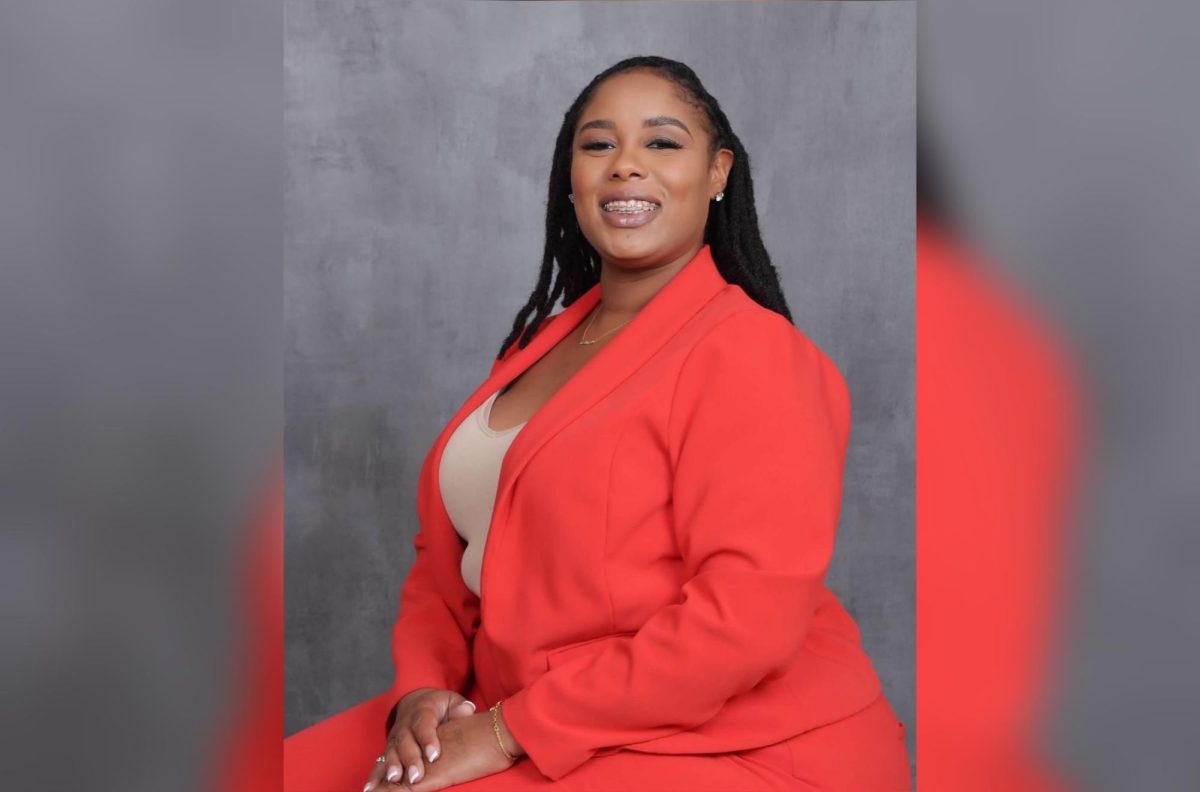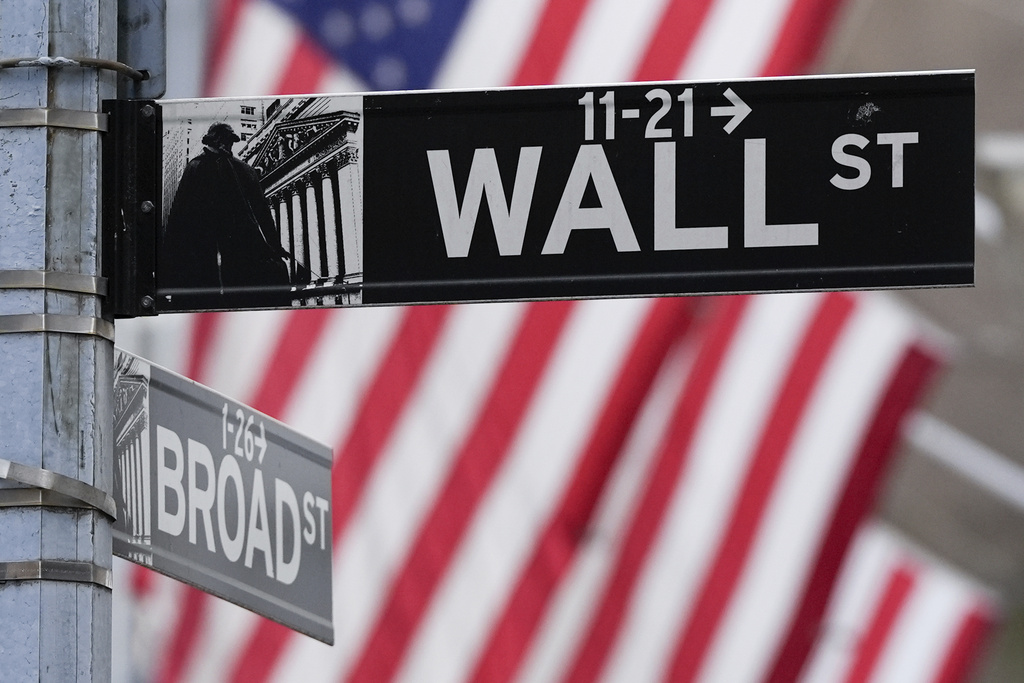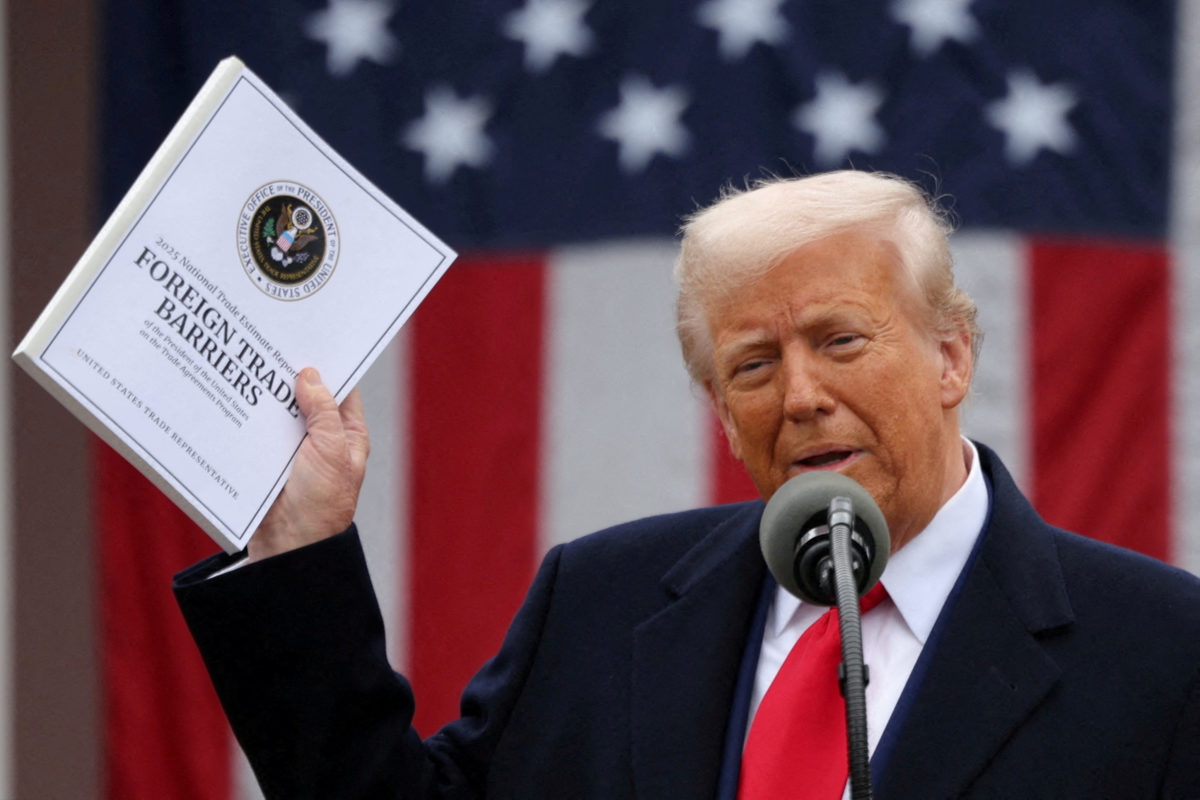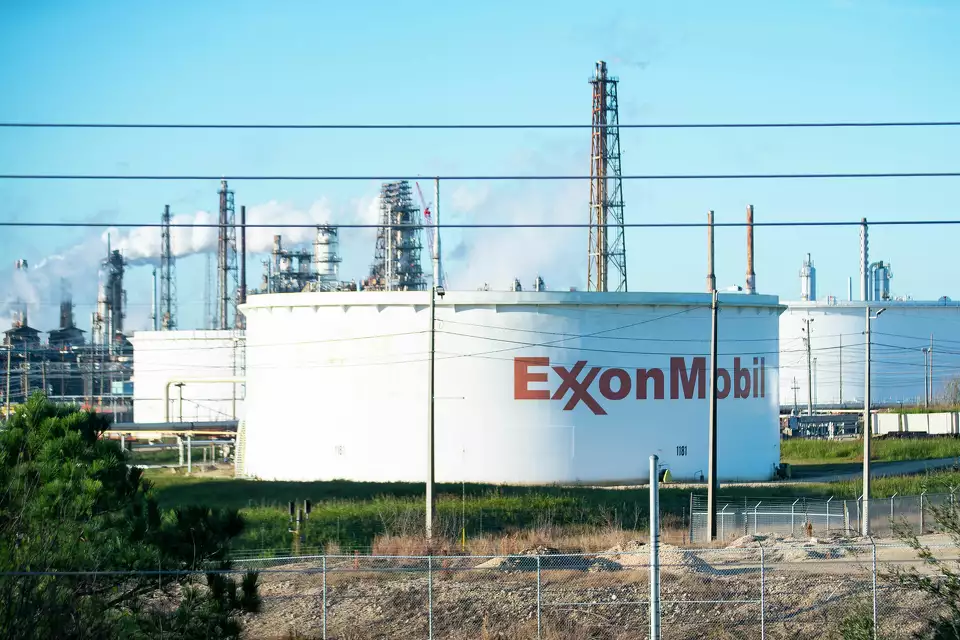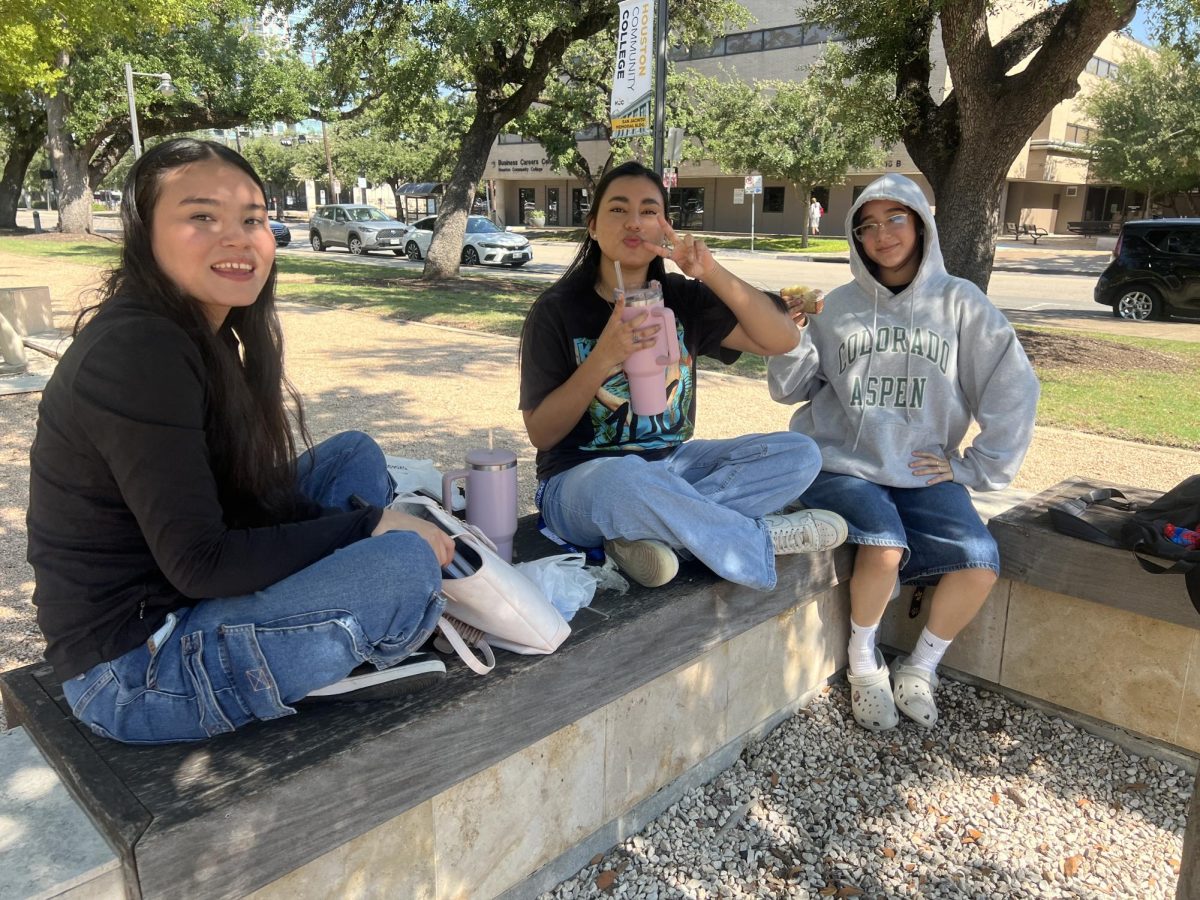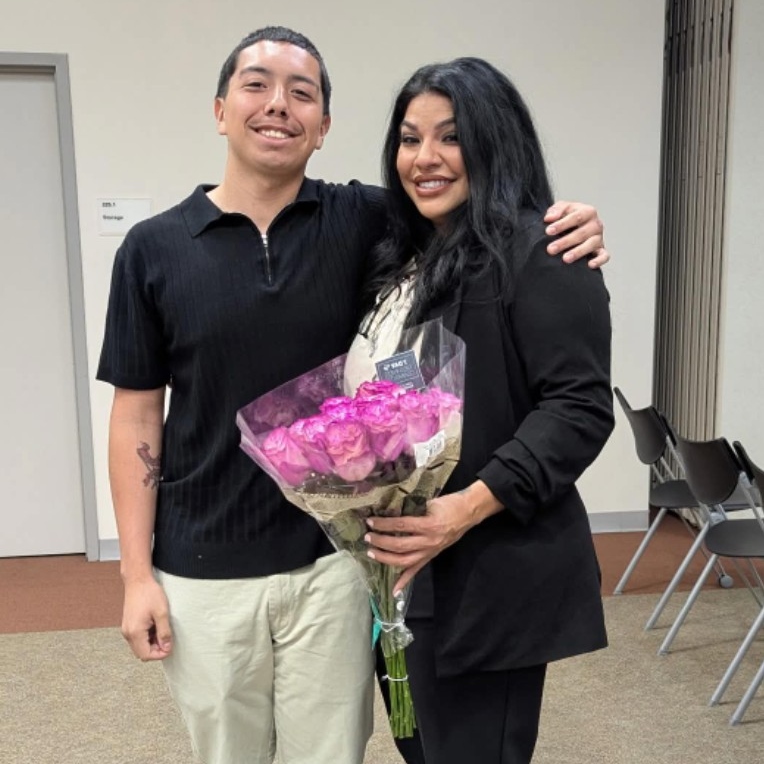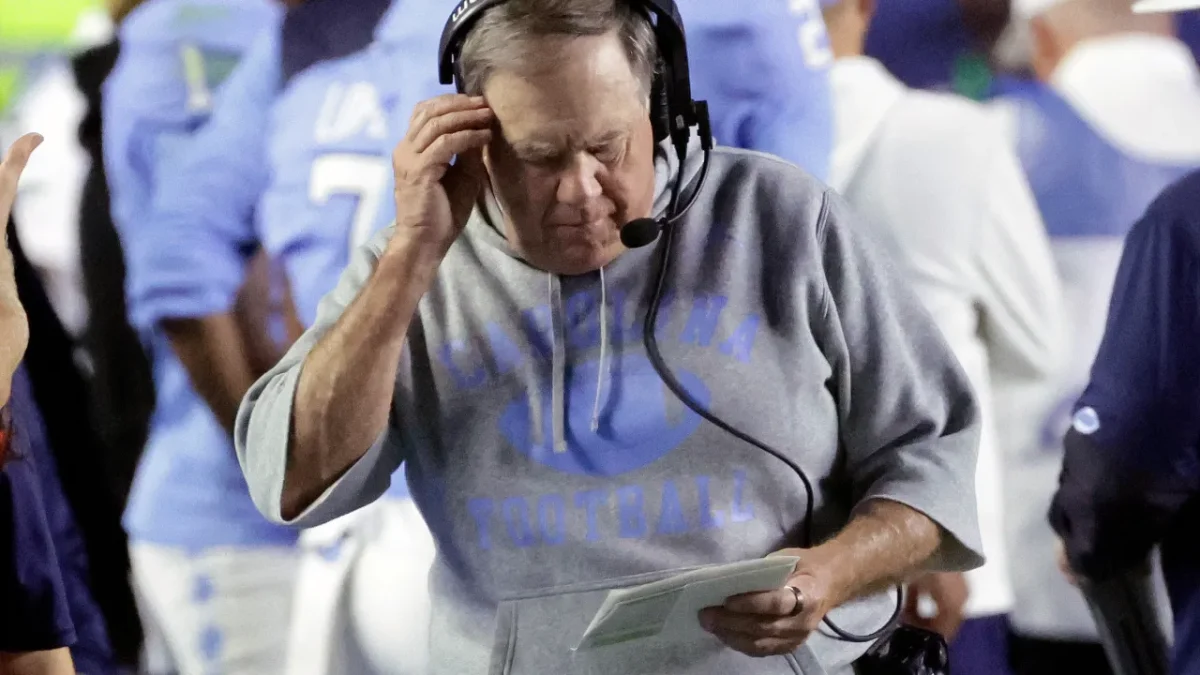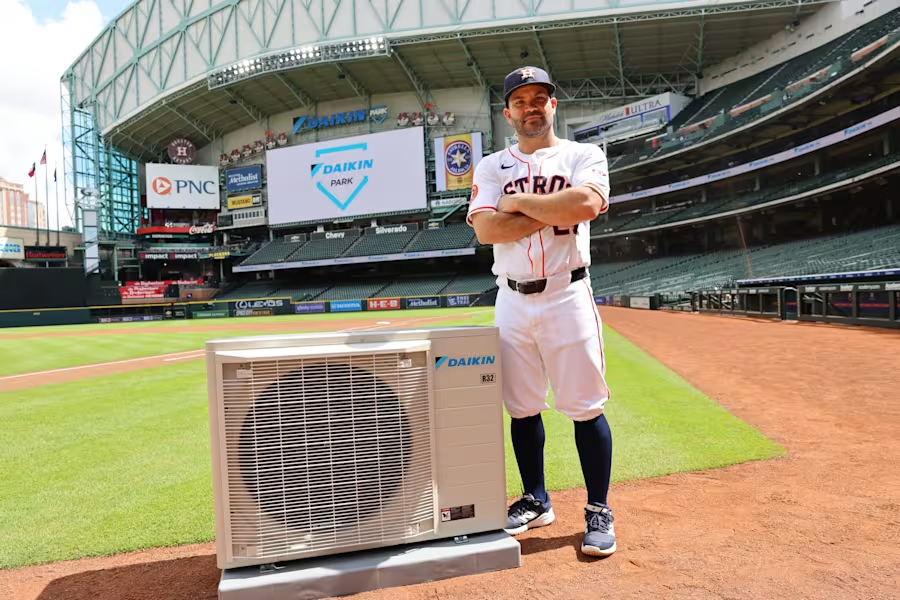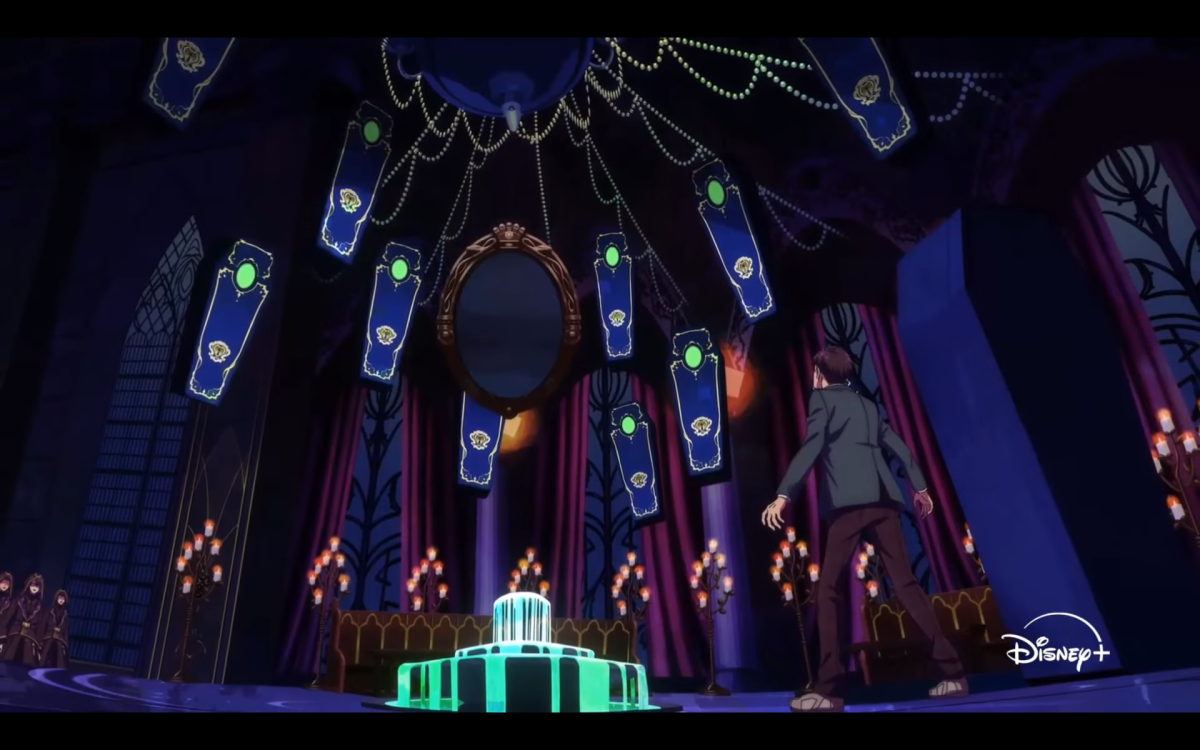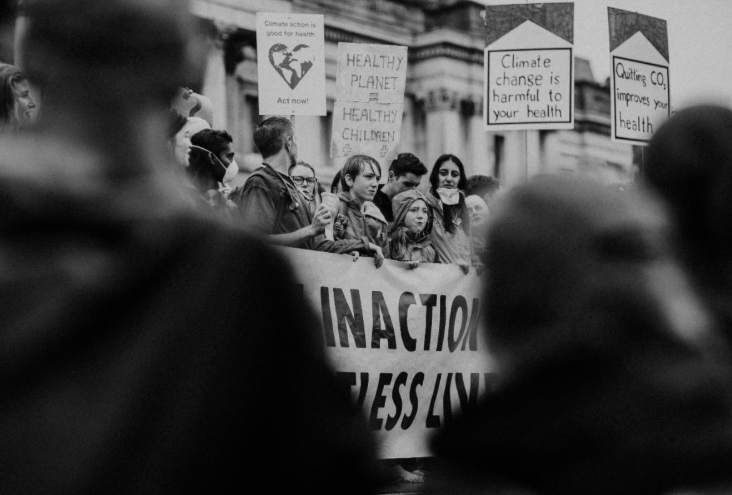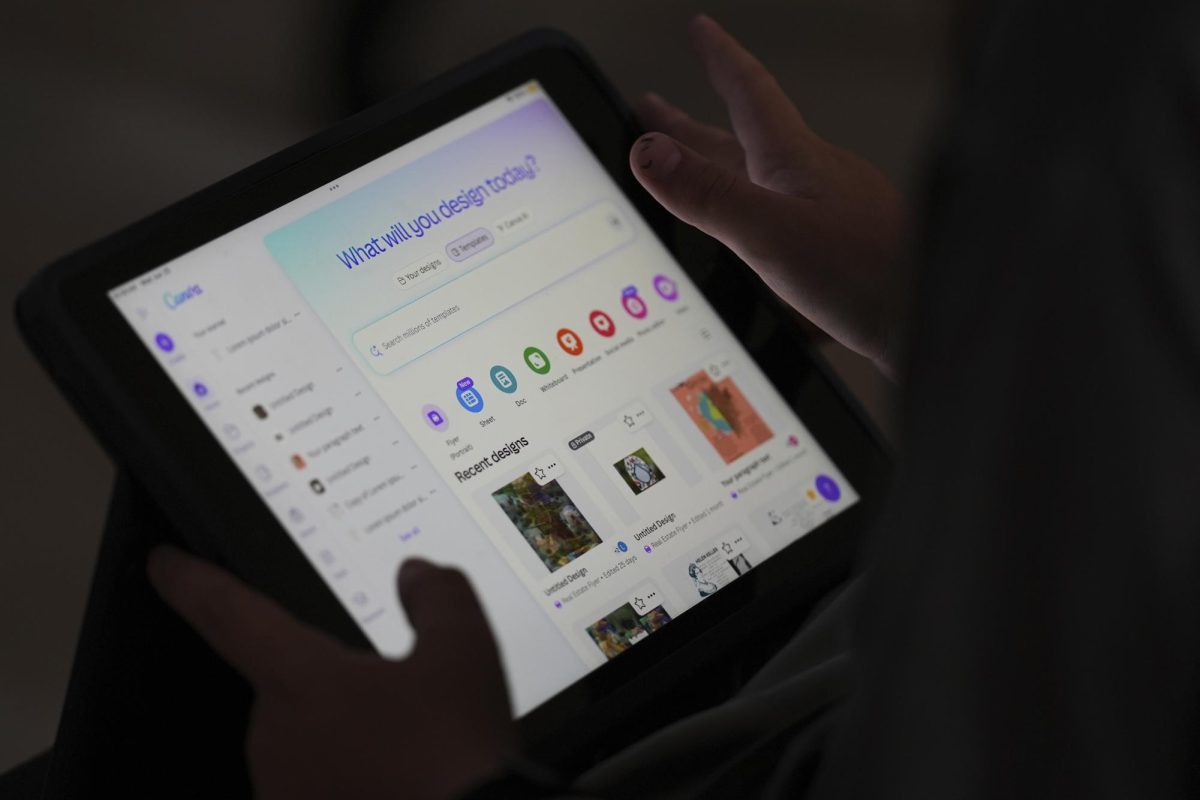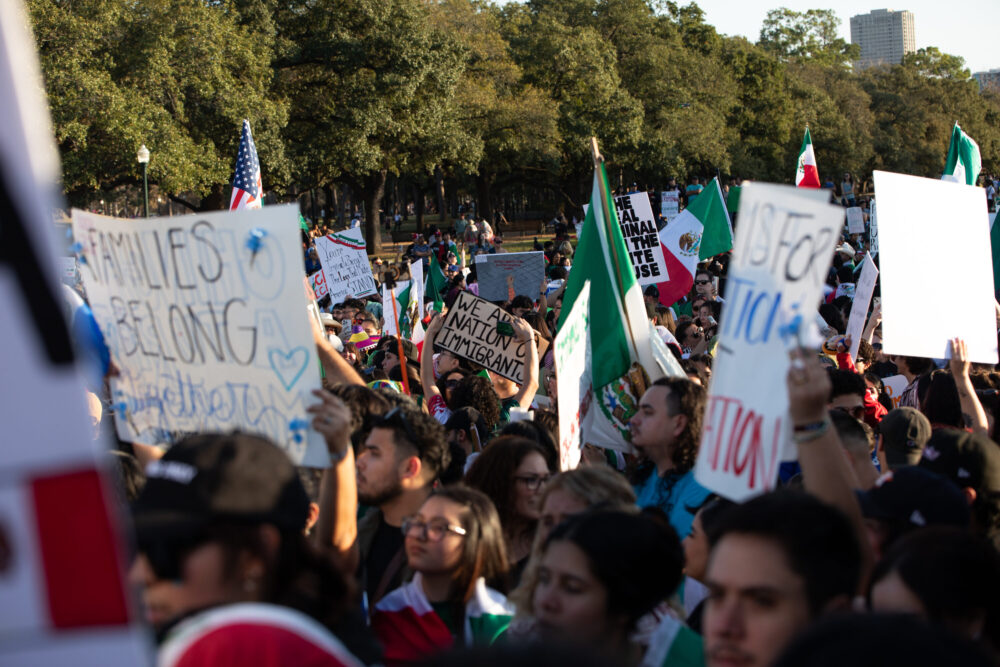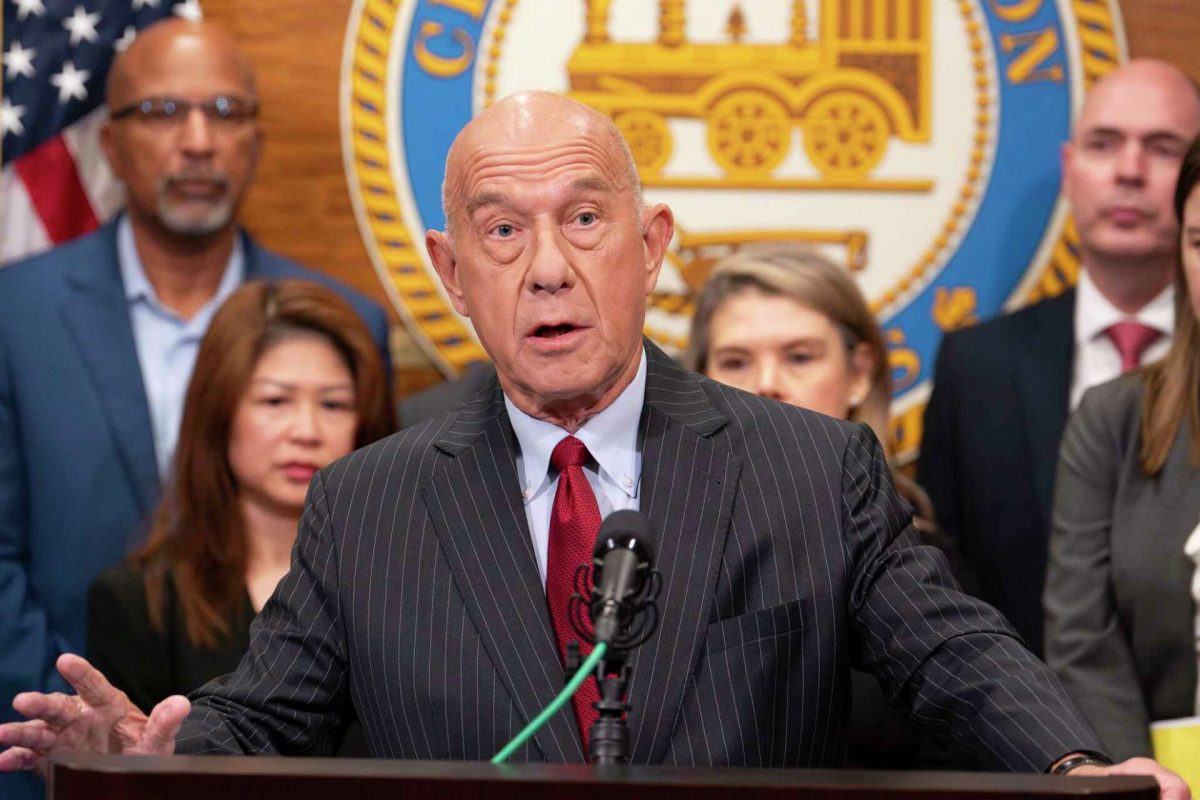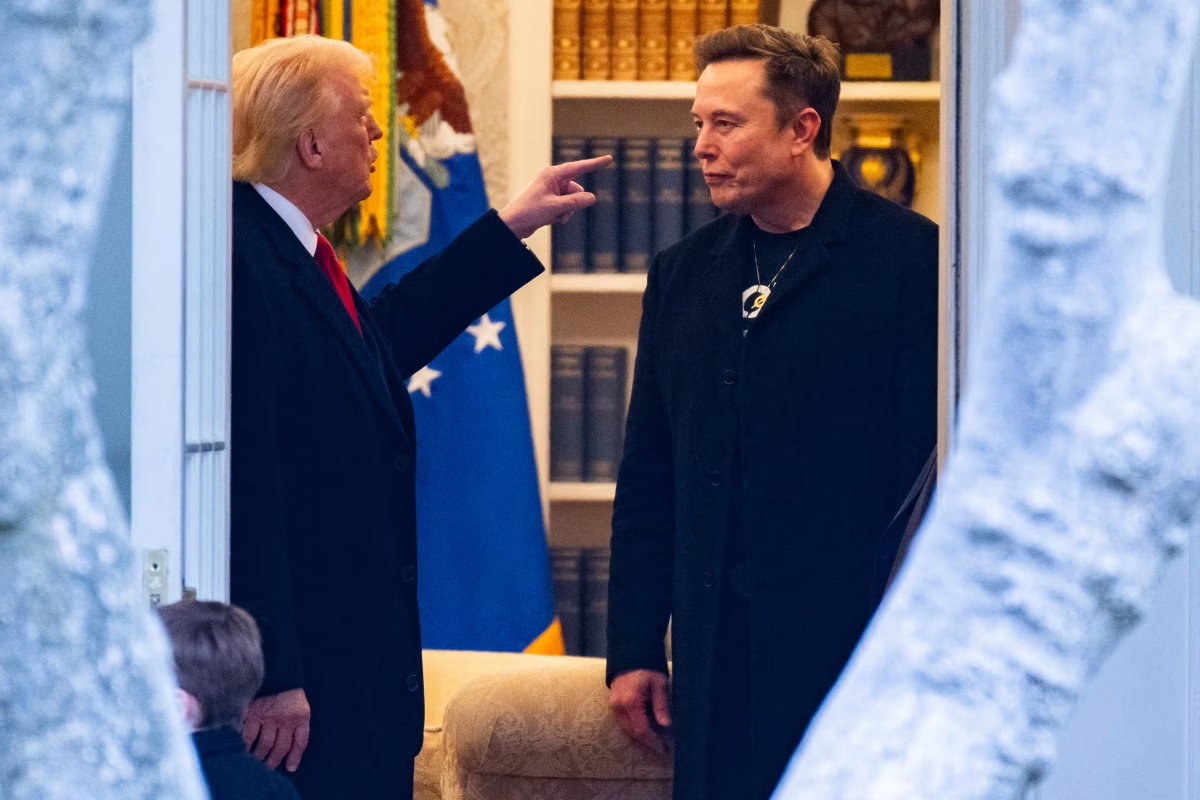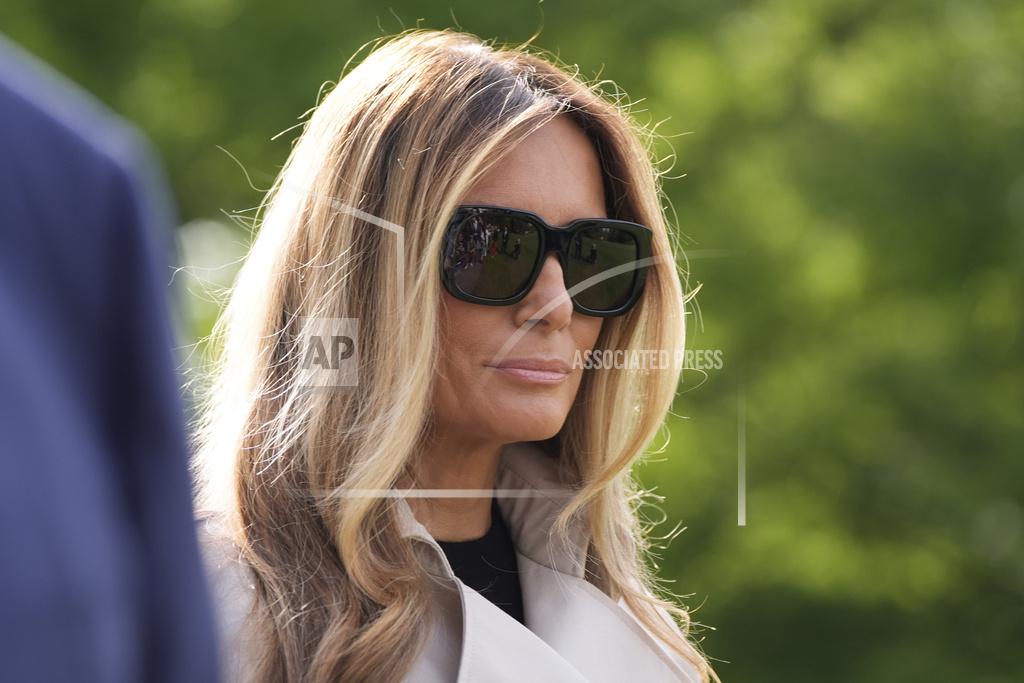Donald Trump began his second term as President of the United States on January 20, 2025. A tremendous shift has already taken place within the Hispanic community even before his presidency, which makes some citizens anxious about the future.
Trump’s first term was riddled with controversy ever since he adopted a hardline stance on immigration. The concept of building a wall at the border and subsequently deportation of illegal immigrants put many Hispanic families in a difficult position. DACA recipient Alejandra Hernandez described the situation when saying, “The uncertainty is paralyzed. We don’t know what Mexico will do next and for that matter what the United States plans to do in the future, which makes it difficult to plan anything.”
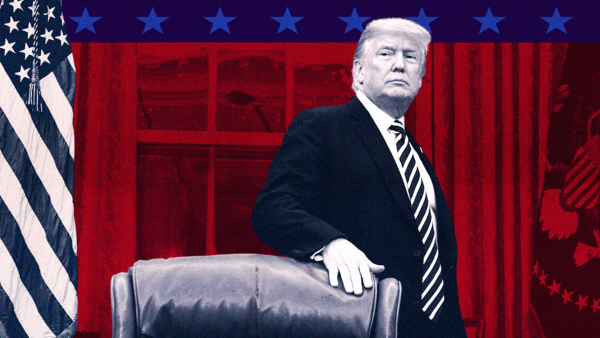
While certain segments of Hispanic voters enjoyed Trump’s conservative economic policies, that was not the case for everyone. Juan Martinez, a small business owner, says, “The trade tariffs have increased expenses for my company and because of that, it has become too hard to keep my business running.” Wages have stagnated for workers in the construction industry, as declared by Maria Rodriguez; however, she notes that opportunities for employment have expanded.
One of the most significant changes during Trump’s presidency was attempts made by his administration to revise laws concerning birthright citizenship. This has brought forth controversies and lawsuits, which suggests that US born Latinos feel as though they need to defend their position here. Carlos Rivera, a community leader explains, “It’s like we have to constantly prove our right to be here.”
The political landscape in America suffered greater polarization during the period when Trump was president. The same can be said with respect to the Hispanic population.


